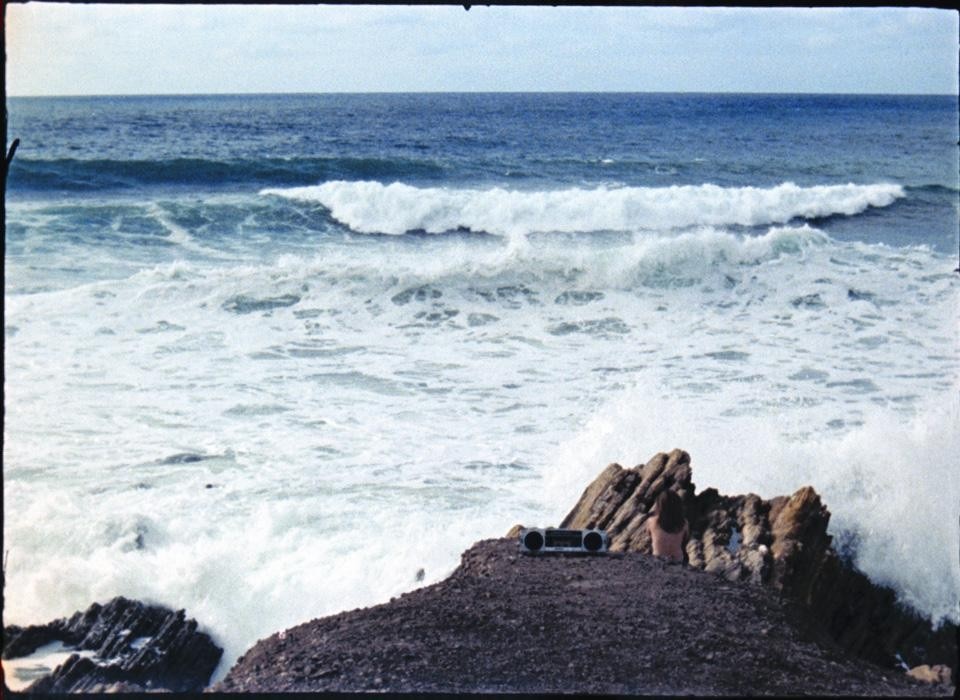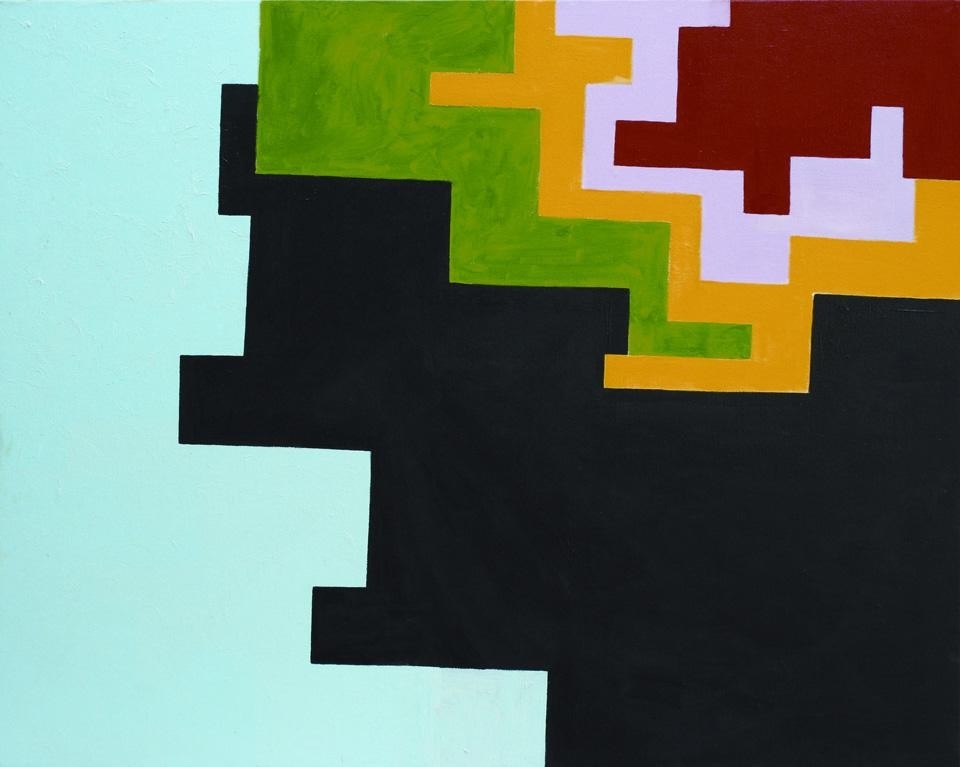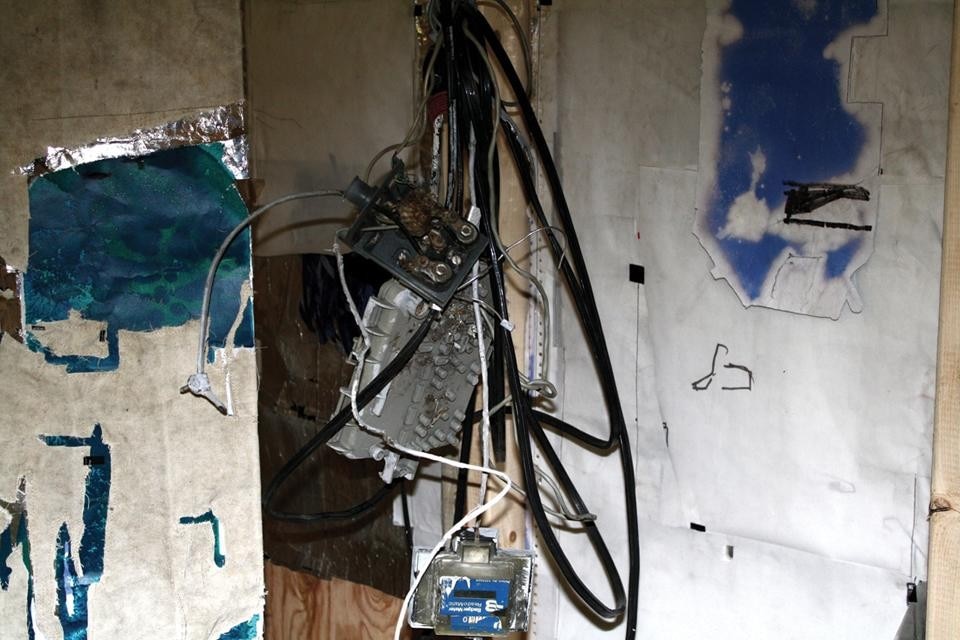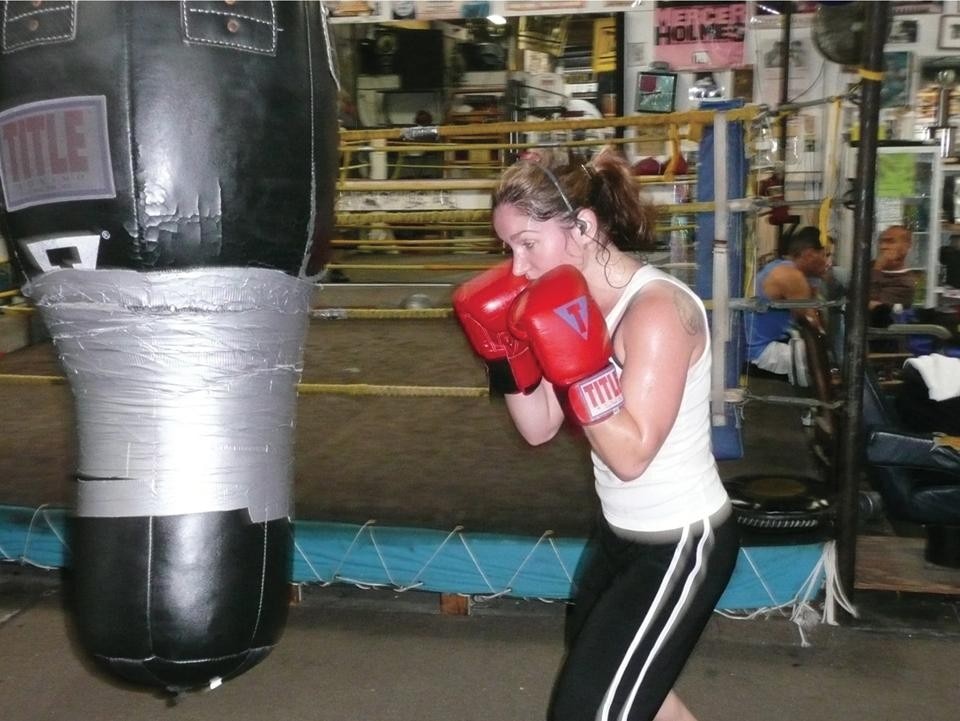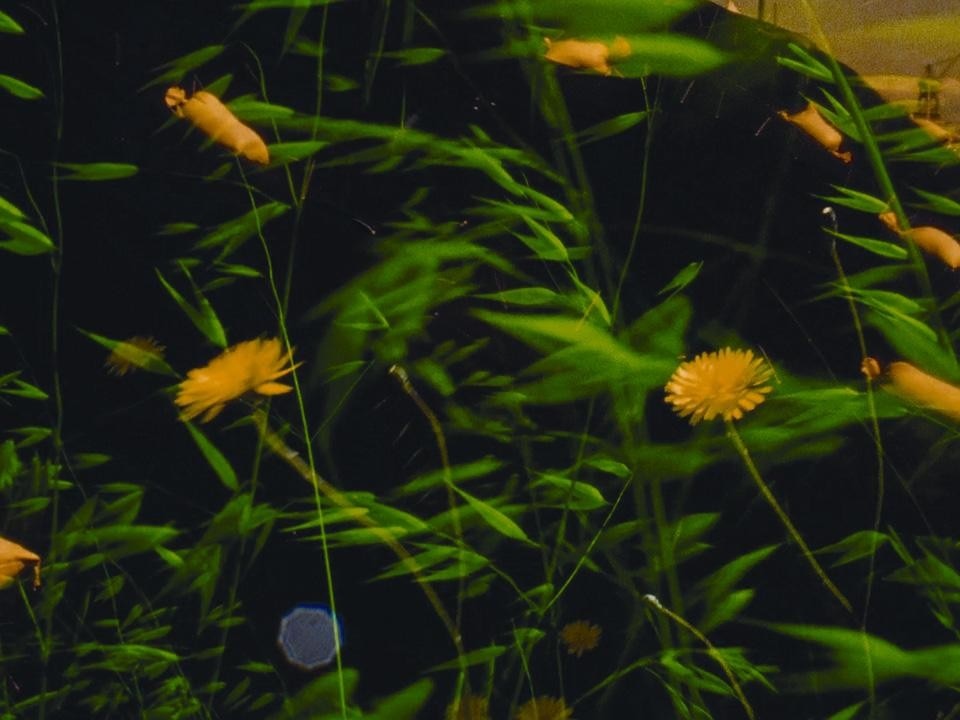"It's important to make lots of mistakes," he affirms: "If I knew ahead of time where I was going it would be a big bore. It's like a conversation: you pick a starting point and then see where it takes you." Indeed close inspection of the artist's work reveals evidence of several different conversations and false starts. Masullo notes that he is very influenced by the visionary, intimate and semi-abstract canvases of Forrest Bess, whom he discovered while working at the Whitney in the 1980s. He is not alone; one floor down artist Robert Gober has devoted an entire room to Bess, displaying the artist's paintings alongside his very personal scientific experiments and theses on hermaphrodism. In so doing, he has fulfilled a lifelong dream of the now deceased artist (1911-1977) and treated the viewer to one of the most haunting, riveting and touching experiences of the exhibition.
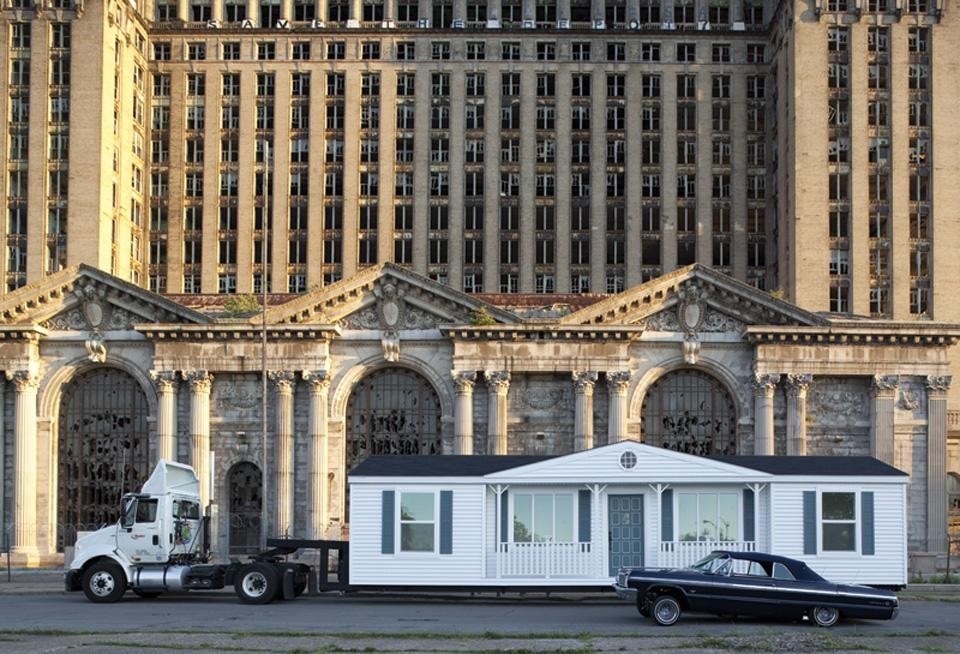

It is precisely this collective spirit that renders the Biennial so compelling. Artists engage in the creation and curation of both their own work — as Masullo revealed — and the work of others
